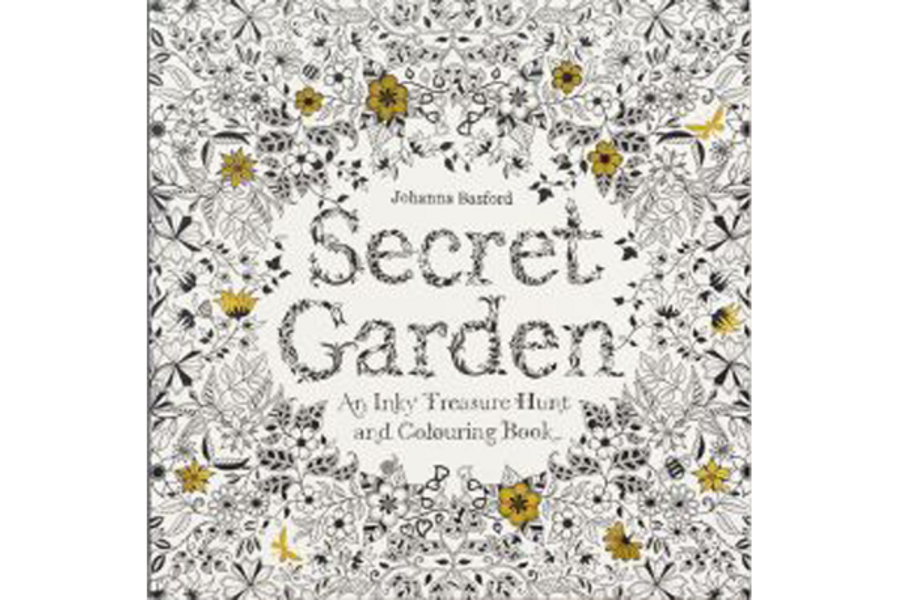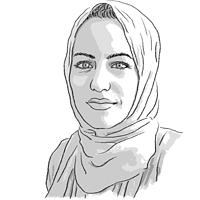What's hotter than a sequel to 'Mockingbird'? A coloring book for grownups
Loading...
Here's a clue how popular adult coloring books have become: One such book, Johanna Basford's "Secret Garden: An Inky Treasure Hunt and Coloring Book," is outselling Harper Lee's much-anticipated "Go Set a Watchman," on Amazon.
Yes, that's right, Harper Lee is being upstaged by a coloring book.
In fact, this particular coloring book, which Scottish illustrator Basford has filled with her intricate black-and-white ink drawings of flowers, plants, and other garden-themed motifs, has sold 1.4 million copies in 22 languages since it was released in spring 2013.
Her newest coloring book, "Enchanted Forest," which came out in February, has already sold 226,000 copies.
The surprise success of "Secret Garden" – it shot to the top of Amazon’s bestseller list this month, overtaking books by authors like Anthony Doerr and Paula Hawkins, in addition to Harper Lee, according to the NYT – is indicative of the growing popularity of coloring books for adults.
Dozens of adult coloring books are now hitting the market, from Patricia J. Wynne’s lavish, nature-themed Creative Haven coloring books to Chiquita Publishing's “Coloring Books for Grownups,” to “Color Me Calm: A Zen Coloring Book," and “Easy Meditation Through Coloring.”
The demand for coloring books designed for adults has caught publishers, who are scrambling to commission more such books, off-guard.
As the "Secret Garden's" Basford told the Times, “I thought my mom was going to have to buy a lot of copies. When the sales started to take off, it was a real shock.”
In fact, it turns out there's a serious fan base out there. Die-hard fans sometimes buy multiple copies of coloring books to experiment with different color schemes. And others gather for "coloring circles," where groups of adults color together at cafes and in one another's homes.
What's the secret behind the success of adult coloring books?
As Basford once told Gizmodo, it's threefold: coloring provides a creative outlet, it allows you to zone out, and it brings you back to a place of simplicity.
“A blank sheet of paper or an empty canvas can be daunting, but a coloring book acts as a bit of a buffer in this situation,” she told Gizmodo. “Chances are the last time you spent some time coloring you didn't have a mortgage, a horrible boss, or worries about climate change.”
In other words, more than creativity and passing time, adults are turning to coloring books for stress-release.
As we explained in an earlier post, research suggests coloring may lower stress, aid relaxation, boost creativity, even help improve sleep and attention spans.
And for those weary of screens and adult-sized stressors, coloring offers a respite from a fast-paced digital world and brings us back to our relatively stress-free childhoods.
“People are really excited to do something analog and creative, at a time when we’re all so overwhelmed by screens and the Internet,” Basford told the Times. “[Coloring is] a great way to de-stress.”
Basford is already hard at work on a third book, an ocean-themed coloring book.








